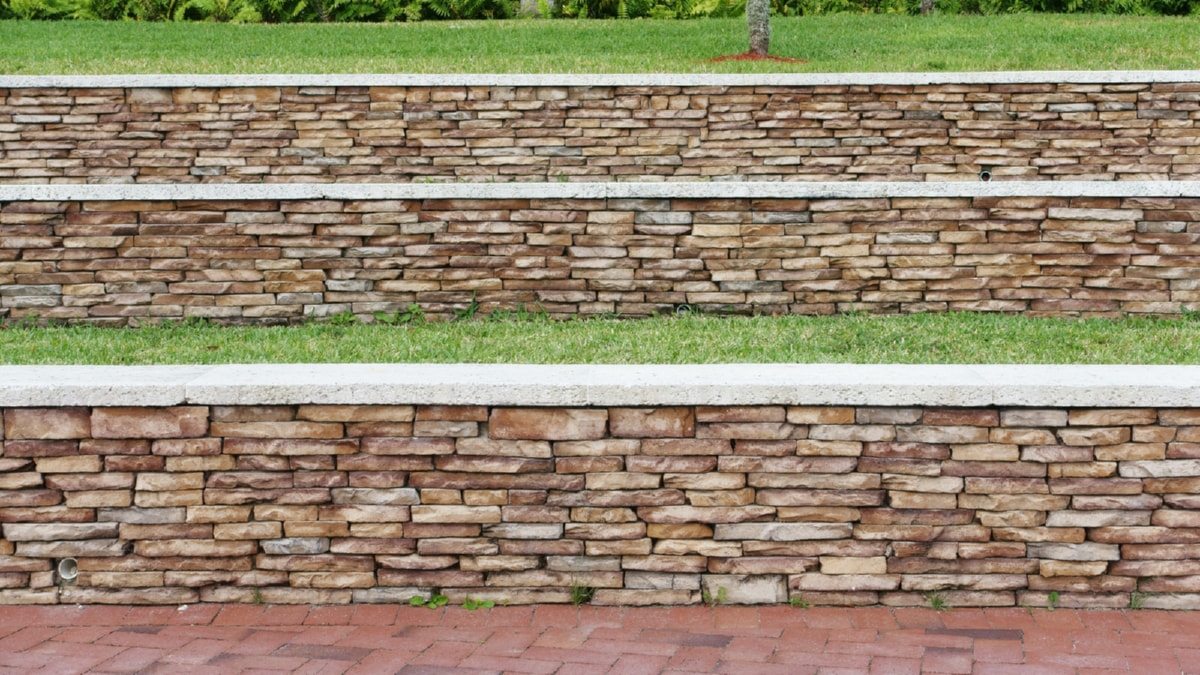Green building techniques have gained significant traction in the construction industry over recent years. These innovative practices focus on enhancing energy efficiency, minimizing environmental impacts, and improving occupants’ health and productivity. By understanding the fundamentals of these techniques, contractors, architects, and homeowners alike can make informed decisions about the sustainability and long-term viability of their structures.
One of the key principles of green building is sustainable site development. This involves selecting a location that has minimal impact on the environment and the local community. It includes considering factors like accessibility to public transportation, minimizing disruption to the natural landscape, managing stormwater runoff, and reducing heat islands by maximizing green spaces and installing reflective roofing materials.
Water efficiency is another crucial element in green building. This can be achieved through various strategies, such as using water-efficient appliances and fixtures, harvesting rainwater for non-potable uses, and employing drought-tolerant landscaping. By reducing water consumption, green buildings not only conserve a vital resource but also lower utility bills, making them more cost-effective in the long run.
Energy efficiency is at the heart of green building techniques. Passive design strategies, like orienting the building to take advantage of natural sunlight and ventilation, can significantly reduce energy use. Additionally, incorporating energy-efficient appliances, LED lighting, and high-performance insulation can further decrease energy consumption. Many green buildings also generate their own power through renewable sources like solar or wind energy, reducing dependency on fossil fuels.
Materials and resources used in construction play a significant role in a building’s environmental footprint. Green building promotes the use of locally sourced, renewable, and recycled materials. It also encourages waste reduction strategies during construction, such as careful planning and recycling construction waste. This approach not only conserves resources but also reduces the amount of waste that ends up in landfills.
Indoor environmental quality is a fundamental aspect of green building that is often overlooked in traditional construction. It involves using low-emitting materials to reduce indoor air pollution, providing adequate ventilation, and maximizing natural light. These measures can significantly improve occupants’ health and productivity, leading to increased satisfaction and reduced healthcare and operational costs.
Finally, green building encourages innovation and a holistic approach to design and construction. It involves integrating various systems and strategies to maximize efficiency and sustainability. For instance, a green roof can provide insulation, manage stormwater, reduce heat islands, and provide habitats for local wildlife, all while enhancing aesthetics.
Overall, green building techniques offer a sustainable and holistic approach to construction, creating structures that are not only environmentally friendly but also economically viable and beneficial for occupants. By understanding these fundamentals, stakeholders can make informed decisions about their projects, contributing to a more sustainable future for all.
For more details, check best masonry services or visit their business listing here.



